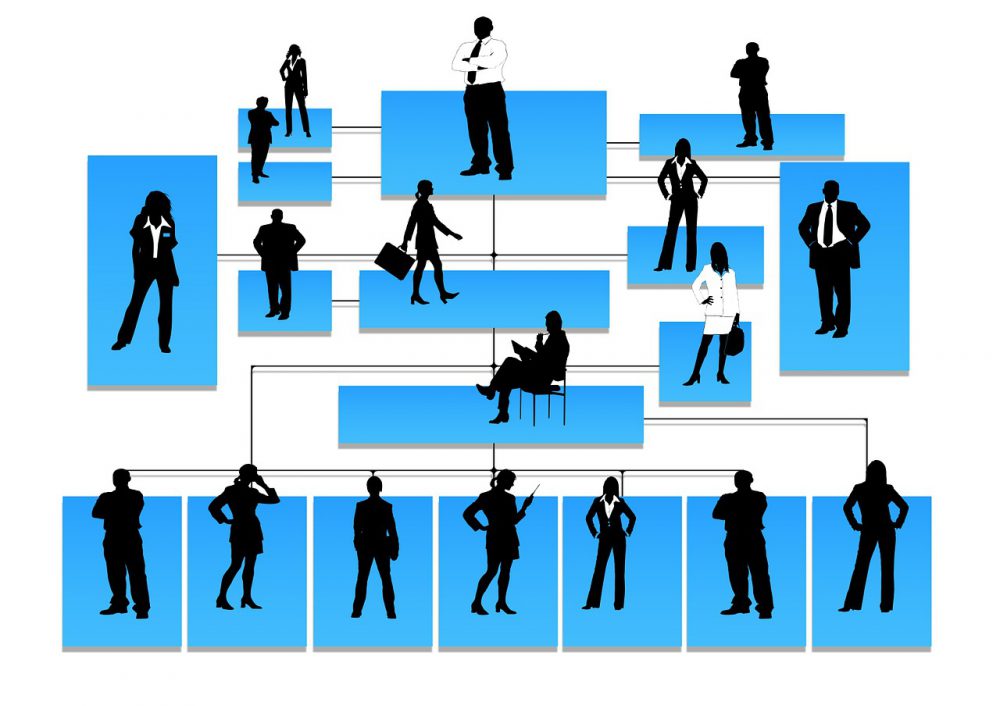If you haven’t been following this blog and you don’t know me, my name is Dennis M. Wilson (“M” needed for distinction from the deceased Beach Boy). I want to tell you a lesson that was reinforced in me today. But before I do, I have to give you a bit of background.
I have been selling professionally since I was 10 years old. That’s right, 10! It all started with pet rocks. I got a rock polishing machine for Christmas one year, found a bunch of unused bottle caps, and bought some googly eyes. Instant Pet Rocks being sold by an unbelievably charming kid door to door!
I didn’t even consider prejudging at that age. When you’re young, you aren’t jaded. I just went door to door to door, and made a small fortune — at least in a 10-year old’s eyes — selling Pet Rocks for $1 each.
Later, I moved onto delivering newspapers, and selling annual subscriptions, and new subscriptions. I got the free trip to Disneyland selling the Edmonton Journal newspaper!
I did this by using the puppy dog close. Of course, I had no idea that was what I was doing back then, but it proved very effective. This was the line I used back then: “I just need 5 more subscribers and I get a free trip to Disneyland. If you would just help me out, I would be happy to send you a Postcard from Disneyland.”
Yep, I sent 5 postcards! I still hadn’t learned to prejudge. I had upped my game. (I think the subscriptions were about $30 whole dollars a year!)
I then ran my own Neon Sign company. It is here where I learned to prejudge. I was old enough to have heard enough ‘Nos’ and ‘Not interested.’ It was here where I learned to FIGHT THE URGE to prejudge. It was here the idea was born, long before the technology and internet existed to build a piece of software like Small Business Dream. (We used a product called PackRat, which was good at the time.)
Slowly I started to prejudge by the tone in their voice on the phone, or the fact they didn’t call me back.
I even played the old ‘It is Monday game’ — nobody wants to be followed up on Monday, they are all too busy. I was deep in my prejudging mode.
At this time I was selling Neon Signs anywhere from $299 to $10,000. It seems the prejudging gets to happen more and more often, the higher ticket item you sell.
The battle NEVER ends for a salesperson.
Now I sell $10,000 to $180,000 Software systems. I would love to say I have learned to NOT prejudge. I can tell you I have found a way to limit how much I do it. It is called Small Business Dream. It simply works by giving me a list of people to call based upon MY decided order by the last contact I had with them — open Small Business Dream, call, email, send a text, send a Facebook message, or whatever else it tells me to do, and don’t stop until the list is empty.
Systematize. It’s not 100% magic, but it keeps me on track a lot more than just hoping I will remember who to call and what was said and NOT make excuses they might not be interested so I won’t call. Just CALL or DO the action Small Business Dream says.
At least I have a weapon against my brain!
Is the battle over?
About 2 weeks ago, I got a phone call on a Sunday morning from somebody interested in our software, and they only were going to have a very small number of people in their company, and I totally PREJUDGED thinking they weren’t actually a prospect. It was Sunday morning, so I think I was a little miffed at myself that I answered the phone on a Sunday morning.
I did all the wrong things in sales; I answered the phone in a slightly less than perfect mindset. I PREJUDGED this wasn’t a prospect and I had wasted my time. Fortunately, I use SMALL BUSINESS DREAM, so he was already in the system and he came up for a call-back on Monday.
With the help of Small Business Dream, I can battle against my BRAIN’S poor judgement, ended up calling him back and following up as I was supposed to ON MONDAY, even though I had completely prejudged him.
Well guess what? It turned out that we were to have another call the next day and I thought he was very likely going to purchase our $30,000 software platform from me! The key in sales is DON’T PREJUDGE. Even the best salespersons aren’t perfect.
I got the sale the very next day. However, I prejudged and could have lost the sale but thankfully I got lucky and I saved it, because I had proper sales automation in place to make sure I stayed in communication, even though I didn’t feel like it, and it was hard to pick up the phone to call because I had prejudged him.
Small Business Dream said I need to call him, and my stats for the day said I had only made 61 contacts so far that day. My goal was 100. I couldn’t handle the pressure of resisting the call, and everything just forced me to pick up the phone to make that last phone call and sent that last text message.
And I got the Sale.
DON’T PREJUDGE. Just let your sales process take hold and do the right things according to your sales automation follow-up software. And by not prejudging, you are going to sell more and make a ton more money.





